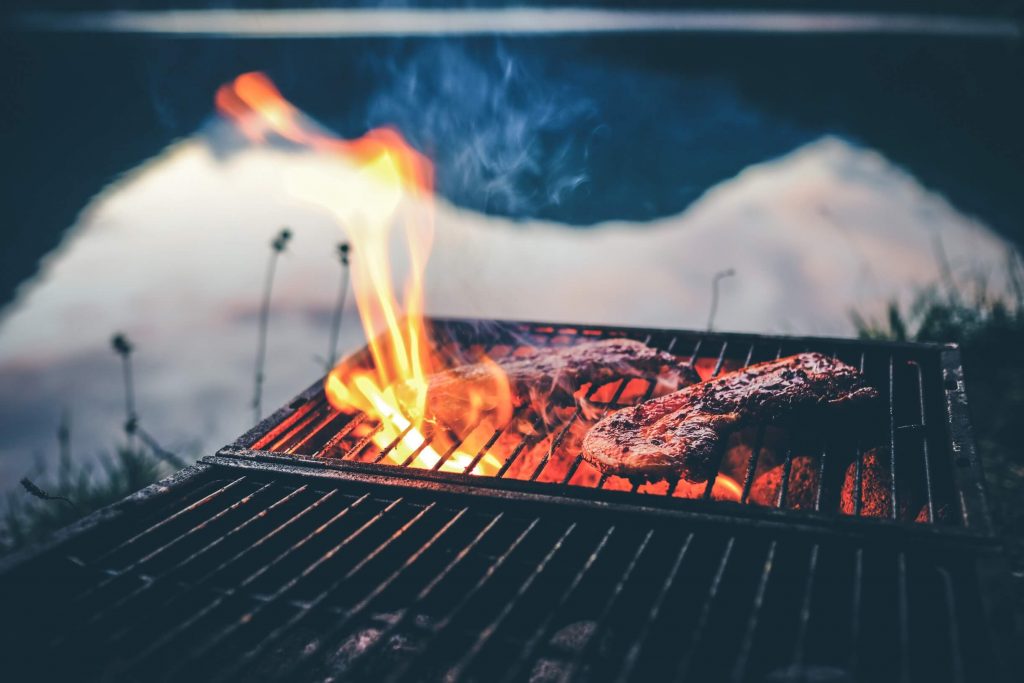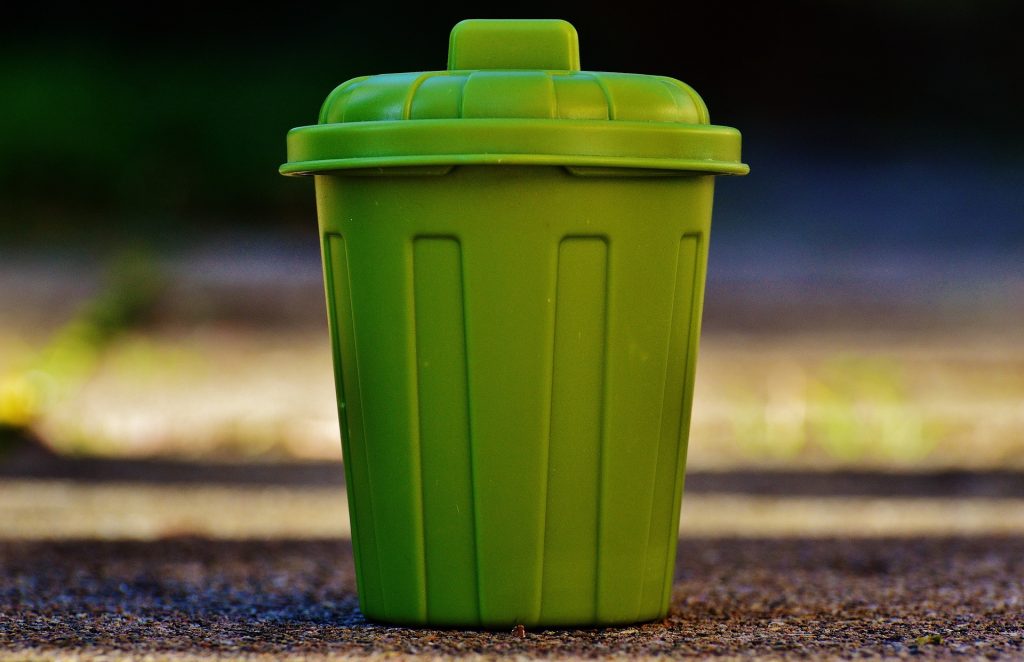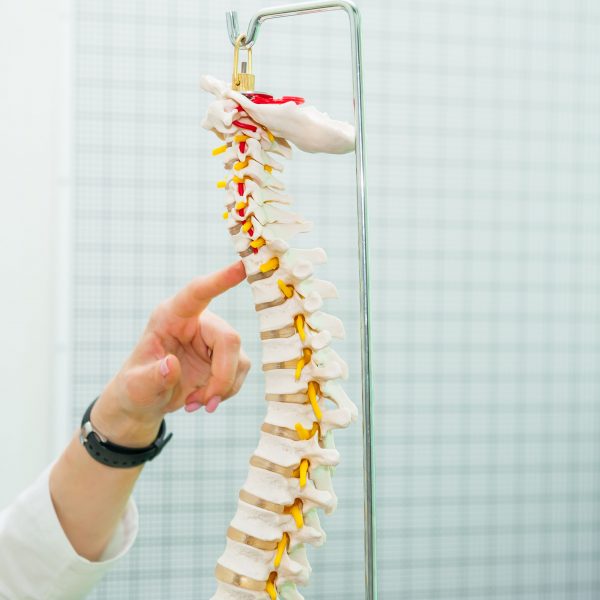Have you ever had a blackout in your area and were told by a parent or older person not to open the freezer unless absolutely necessary? Or when you leave a supermarket with raw meat in your purchases and your parent refuses to make any stopovers and rushes to go home and put the meat in the freezer?
Meat is a delicate food item. If left at room temperature for a long time, it becomes rotten meat. That’s why restaurants and other food establishments have to adhere to food safety standards to prevent meat from spoiling or accidentally serving rancid meat.
Whether you’re working in the food industry or just making food at home for your loved ones, practicing food safety can prevent financial loss and health risks. Here is how you should handle raw meat in the kitchen.
Why Does Meat Spoil?
Meat becomes rotten because of decomposition, which has a lot to do with the conditions that affect bacteria on it. Let’s look at the human body as an example. Right now, there are millions of bacteria in and out of your body right now. These are relatively harmless and won’t make you sick unless you do something that allows bacteria to enter and infect you, like eating with unwashed hands. One way of killing bacteria naturally is through heat. So, when you get sick, your body heats up in an attempt to kill bacteria that’s infecting you. Your body temperature at the moment can kill some weak bacteria, while those that can survive are mostly harmless.
The same applies for bacteria found on animals’ skin. When a pig is killed and slaughtered, for example, the bacteria inside and outside its body remains. Because heat is no longer there to protect the body from bacteria and bacteria thrives in room temperatures, the bacteria thrives and begins to break down the meat. If kept in a freezer or in freezing temperatures, bacteria cannot thrive and, although it remains on the meat, will not decompose. You can also refrigerate meat to prevent it from spoiling, but the bacteria won’t completely stop – its decomposition will only slow down.
However, if you mishandle meat and leave it at room temperature for long periods, the bacteria thrives and starts to break down the meat. The meat releases its enzymes and the bacteria release a foul smell of decomposition. When there is enough bacteria, it changes the structure of meat. Too much bacteria and it becomes dangerous to consume the meat.
Signs of Rotten Meat

Like bread, milk, eggs, and other food items, there are ways to see how rotten meat has gone. If you see that these signs are popping up in your meat, it is best to dispose of it and avoid eating it.
Smell
Meat has a scent to it – you can smell it when you step into a butcher shop. You’ll know it’s rancid if the smell is pungent and not very pleasant. If you’ve ever smelled rotten eggs, milk, or any other animal products, you can already tell when a product does not smell right.
Texture
Meat has a damp feel to it, and this is normal. However, when bacteria begins to take over and break down the meat, it’s going to release enzymes and gases that change the texture. If you handle food and notice that the meat you’re holding is unnaturally sticky or slimy, then it means there is something wrong with it.
Color
As bacteria breaks down the meat protein, the color may change. Meat infected with mold will definitely look rotten with green coloring, but it may be difficult to tell if you’re talking about red or white meat discoloration. Chicken and other poultry, instead of white and a light pinkish color, will look bluish and yellow. Raw pork will have a hint of gray and pink. Good beef is generally red or dark red, but when it goes bad, it can turn a bit purple. If you’re unsure, it’s best to look at the other factors to help confirm it is rotten.
Buying Meat
Other cooking blogs will tell you how to get the best meat for your money: check out the USDA grade, ask for custom butchering, and talk to your local butcher. However, if you’re buying your meat from an unknown butcher, be careful as you may risk buying rotten meat that is unhealthy for consumption. In some cases, people may unknowingly buy meat taken from an animal that died of disease, not because they were slaughtered – this is tainted meat, and what could have killed the animal could also have effects on your body. It’s like eating roadkill: you know where the animal came from, but you don’t know the disease it might be carrying.
As much as possible, buy your meat in supermarkets or established butcher shops in your neighborhood. I prefer not to buy my meat from outdoor flea markets and buy from butchers with established shops and stalls because in order for them to get these stalls, they had to get accreditation from the local government and therefore have to follow health standards or risk closing down their businesses.
Legitimate meat shops keep their meat in the right temperature, away from pests, and always fresh. Don’t be discouraged from buying discounted meat and think that it’s about to spoil. Under health standards, no butcher is allowed to sell meat that will go bad fast. If you know you’re cooking the meat within the day, you won’t have a problem. But even if you freeze it, you can still have meat that can last up to a year (depending on the type of meat you freeze) while still saving a lot of money from discounts.
Handling and Storing Raw Meat

Once you’ve brought home raw meat, it is best to store it as soon as possible in your freezer or begin cooking it. Some people would recommend washing raw meat before cooking or storing it in the freezer, but the Food Safety and Inspection Service recommends against this. At any given moment, there is bacteria in raw meat, but this is harmless when handled properly. These bacteria are so attached to the meat that no amount of washing can remove it from the meat. What you’re doing, however, unnecessarily spreads raw meat juices filled with bacteria onto your counter, your utensils, and other nearby food items, causing cross-contamination. If you don’t properly clean these contaminated parts, you could be spreading food-borne bacteria in your kitchen. Since cooking with the right temperature kills bacteria and makes meat safe to eat, washing your raw meat is unnecessary.
Store your meat in air-tight packaging. This prevents freezer burn, which is not harmful, but changes the texture and flavor of the meat. You can use plastic bags tightly wrapped, or you can use airtight containers.
Fridge vs. Freezer
It’s OK to put raw meat in the fridge, but only if you want to thaw it. Big turkeys for Thanksgiving that require many days of thawing are placed in the fridge. A 10-pound bird takes around 48 hours to completely thaw, but keep the original wrapping intact and place a baking pan under it so that any liquid or juices that drips out of it does not spread to the rest of the fridge.
For other raw meat, you can let it thaw or sit in your fridge for up to five days, depending on how they’re handled. If you’re placing marinated raw meat, this will last longer in the fridge since salt is a natural preservative and makes the meat an unconducive place for bacteria or mold to grow.
On the other hand, if you don’t intend to cook raw meat within the next two days, it’s best to keep it frozen. It almost stops the decay of bacteria and extends the meat’s lifespan for months up to a year, depending on the type of meat. I say “almost” because even under freezing temperatures, bacteria will slowly start to decompose the meat. By a year, it reaches a certain point of decomposition that it’s no longer safe to eat.
Cooking Meat

Cooking your meat at the right temperature kills the bacteria and makes it safe to eat. Some meat cuts are safe to eat though not completely cooked – such as beef cuts like steak and prime rib. However, some meat like poultry require to be totally cooked or there may still be lingering bacteria like salmonella and E. coli. If you’re not sure about cooking temperatures, it helps to have a food thermometer ready in your kitchen.
Once your meat is cooked, however, it does not mean it is free of bacteria. After it cools down to room temperature, you should either eat it, reheat it, or have it refrigerated. Otherwise, if left at room temperature for a long time, the bacteria will start to build up again and spoil your food. This makes it unsafe to eat, even if you reheat or re-cook your meat, and lead to food poisoning.
What Happens if I Cook and Eat Rotten Meat?
If for some reason you want to cook rotten raw meat, it may look like your average meat dish, but the flavor will be different and the smell of rotten meat may not go away. Certain bacteria remain on rotten meat even when cooked in high temperatures, especially when they’ve developed long enough to make meat rancid. This can cause certain diseases and physical effects shown through food poisoning symptoms.
- coli, for example, can cause cramping, fever, intestinal problems, and other complications that can result in death. Bacteria called bacillus and clostridium create spores on the meat, spoiling it. While cooking can kill these bacteria, the spores are immune to hot and cold temperatures. In simple cases, you may be ill from eating these spores. In worst cases, you could contract botulism, a potentially fatal illness.
In other cases, bacteria like staphylococcus leaves toxins which, even when cooked, cannot be removed; this can give you nausea and diarrhea.
Why Are Cold Cuts and Dry Aged Steak Safe?
Cold cuts are technically precooked or cured, which means you don’t have to cook them before eating. Curing meat involves adding so much salt that it draws out most of the moisture of the meat, making it an unsuitable environment for bacteria to grow. In some cases, cold cuts are already pre-cooked so there’s no bacteria and then cured so that no bacteria can re-grow on it, which is why it’s safe to eat even when served cold. However, because the curing process involves a lot of salt, sugar, and other spices, it’s very high in fat and sodium and must be eaten sparingly.
Dry aging, on the other hand, is an old method used to tenderize steak. It’s left to age in a controlled environment for days or weeks. If you’ve seen what a place for dry aged steaks looks like, you might be put off by what it looks like: slabs of rotten discolored meat piled into a room. However, what’s really happening is that the aging process softens the meat. After a certain amount of time (the longer the wait, the softer – and more expensive – the steak gets), the rotten parts with bacteria are cut away. It won’t affect the safety of the meat inside the slab because of the temperature controls. Whatever bacteria does find its way inside the slab, however, can be easily killed by cooking.
Because of the intricacy of this process, however, dry aged steaks are only safe when done by a professional. You can’t do this with individual steak cuts in your local butcher shop.
Food Poisoning
Food poisoning comes from eating rotten or toxic food. Minor cases include diarrhea, cramps, and fever. You could also experience vomiting, nausea, and a loss of appetite. Depending on the rotten meat you eat, your food poisoning symptoms may show up as early as an hour after eating up to 28 days.
In worst case scenarios, you can experience long bouts of diarrhea, high fever, severe dehydration, and bloody urine. Once you experience this symptoms, you have to seek immediate attention or contact your doctor immediately.
Minor food poisoning solves itself in a few days. During this time, keep yourself hydrated by drinking plenty of fluids. Water is always a good choice, but you may be losing electrolytes and carbohydrates more often, so consider drinking sports drinks and fruit juice as well. Avoid taking medicines that control diarrhea, like Imodium. This is your body’s way of expelling the toxins in your body.
Disposing Rotten Meat

Rotten meat must be properly disposed. As much as possible, do not touch the meat with your bare hands or wash your hands with antibacterial soap after disposal. If the meat is still in its original packaging, don’t bother opening it so that everything – the smell, its juices, and anything that can spread – remains inside.
Don’t dispose rotten meat in an indoor garbage can – take it straight outside. Leaving it inside can cause the smell to spread. Outside, make sure your garbage bag and trash can is closed to prevent the smell from spreading and attracting cats and other animals from crawling into your garbage.
After disposing your meat, wash everything that came into contact with the rotten meat. This could be your counter tops, utensils, or any surface in your kitchen. After cleaning, wash your hands with antibacterial soap.
Raw meat goes bad easily, so it’s important to handle it carefully the moment you buy it up to cooking and eating your meat. To avoid eating rotten meat, keep your meat in airtight containers in your freezer (preferably label the date your meat was bought so that you can determine how long it has been in there), defrost for an appropriate amount of time, and then cook to the right temperature.






